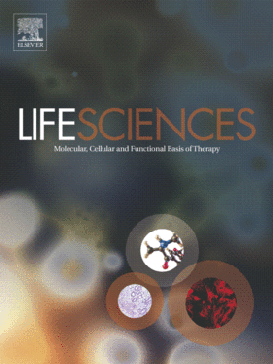
“Ceramide accumulation is a widely described event in cancers after various treatments.
Ceramide levels are elevated in Mantle Cell Lymphoma (MCL) cells following treatment with cannabinoids.
In previous publications we and others observed that induction of ceramide accumulation by cannabinoids leads to apoptosis in MCL, glioma and pancreatic cancer.
Here, we investigated the pathways of ceramide accumulation in the MCL cell line Rec-1 using the stable endocannabinoid analogue R(+)-methanandamide (R-MA).
Our findings suggest that R-MA induces cell death in MCL via CB1-mediated upregulation of the de novo ceramide synthesis pathway.
This is the first study showing that the cytotoxic effect of a cannabinoid can be enhanced by modulation of ceramide metabolism.
The results suggest that interference with ceramide conversion may provide a tool to enhance the targeted cell death-promoting effects of cannabinoids in MCL and other malignant lymphomas overexpressing the CB1 receptor.
Cannabinoids have been suggested as a new non-toxic therapeutic option for cancer treatment.”





